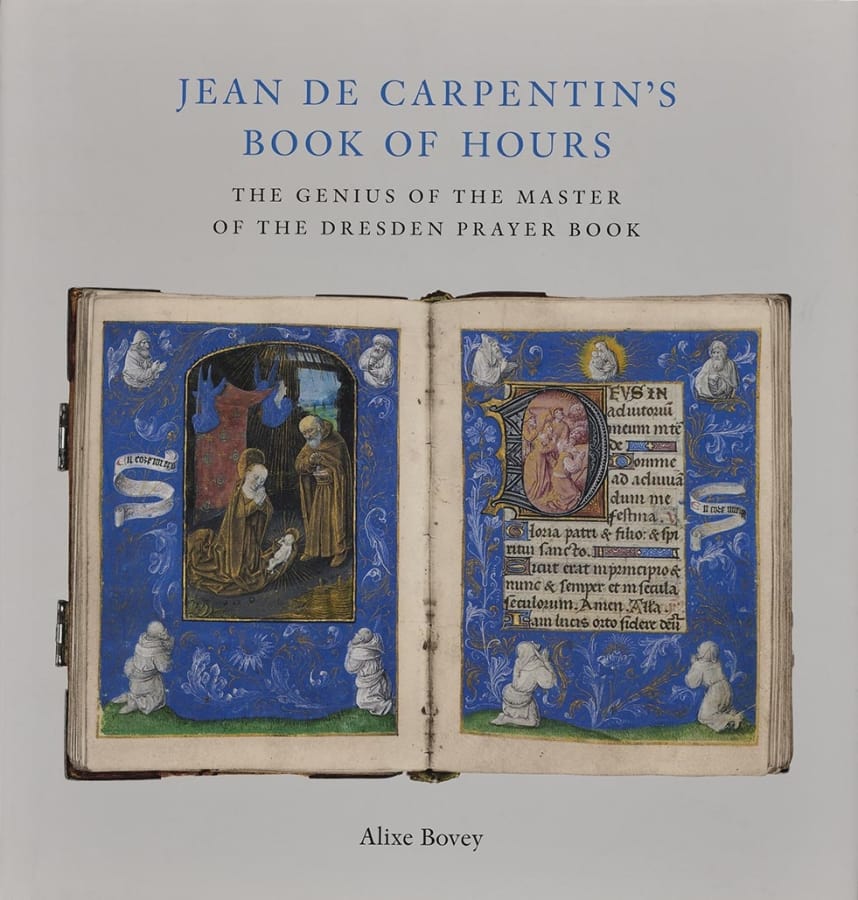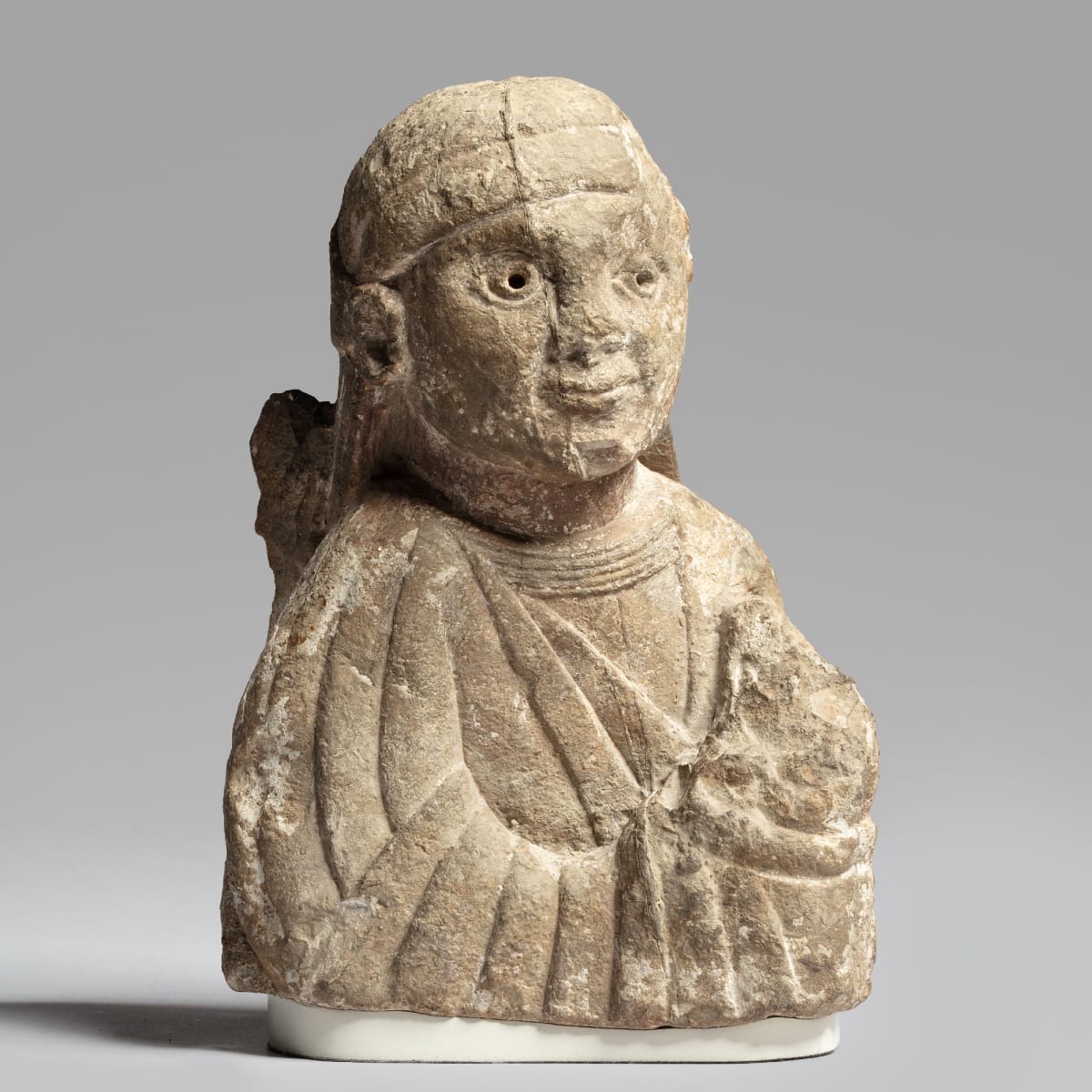
Jean de Carpentin's Book of Hours The Genius of the Master of the Dresden Prayer Book
In the 1470s, one of the most innovative artists working in Bruges illuminated a Book of Hours for Jean de Carpentin, lord of Gravile and a prominent citizen of Normandy. Known as the Master of the Dresden Prayer Book after one of his other masterpieces, this artist and members of his workshop enriched the pages of Carpentin's manuscript with miniatures, historiated initials, and boldly coloured borders in which human figures, monsters and monkeys are framed by twisting branches of acanthus.
The manuscript's rich illumination includes 22 full-page miniatures, 42 historiated initials, and 64 margins incorporating biblical and apocryphal subjects as well as the Master's characteristically stocky peasants engaged in quotidian (and sometimes profane) activities. The figures that populate the Master's borders are busy with activities that relate to the adjacent miniatures. In the borders adjacent to the miniature of Pilate washing his hands, Pilate's wife is tempted by the devil and a carpenter begins to fashion the cross; opposite, Christ is tormented as he carries the cross while in the margin Judas repents, commits suicide, and is attacked by a simian winged devil. On other pages, the peasants carry wood, fight monsters, and play games, seemingly oblivious to the dramatic narratives unfolding nearby.
Until the late 1990s the Carpentin Book of Hours was virtually unknown to scholarship. The present study is the first detailed assessment of this important manuscript, which is perhaps the finest demonstration of the Dresden Master's wit, invention and technical virtuosity.
Alixe Bovey is the director of the Centre of Medieval and Early Modern Studies at the University of Kent, where she specialises in the visual culture of the later Middle Ages. Her publications include Monsters and Grotesques in Medieval Manuscripts (2002).





